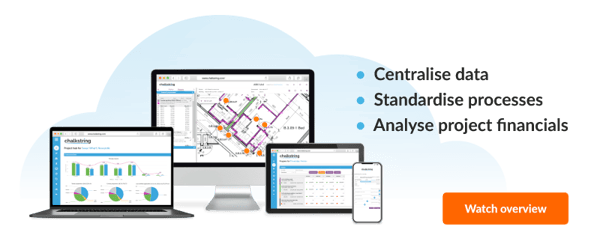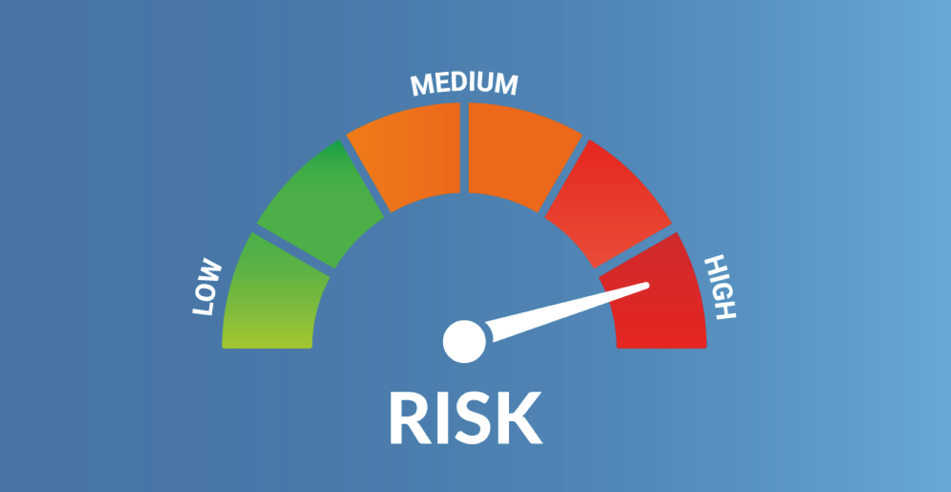5 signs you need help with cost control... and how you can fix it

Contents
If you're a specialist subcontractor, it's important to be aware of the signs that you need help with cost control. Without proper cost control, you could end up bidding on jobs you can't afford and losing money on construction projects.
And this exposes your business to risk.
A whopping 73% of construction contractors cannot ‘push one button’ to obtain fully integrated, real-time project cost data. So, it's no surprise that many subcontractors struggle with cost management, controlling costs and delivering profitable projects.
Understanding and controlling project costs is a business-wide, daily challenge for the average specialist subcontractor.
Top 5 signs cost control is an issue
Here are 5 common signs that indicate a specialist subcontractor is struggling with controlling construction costs.
-
Project cost information is fragmented and difficult to share
-
Cost information is inaccurate or incomplete
-
You rely on multiple, disconnected, error-prone spreadsheets
-
Manual procurement processes slow everything down
-
You can’t see how price increases impact on your project commercials
Let's explore how these points are putting your projects and business at risk. And see how you can fix it at the bottom of this blog.

1. Project cost information is fragmented
The average subcontractor uses 6+ systems to manage project financials. And, nearly 60% of construction firms still use outdated methods (paper, email, or spreadsheets) for over half of their business processes.
Processes and systems have considerable influence on cost control and how much of a risk they pose to your business. When project information is fragmented and difficult to share, it's hard to view up to date project performance.
Any of this sound familiar?
-
Project data exists in spreadsheets, emails, folders and different software.
-
Data is siloed so you can’t see project information in real-time.
-
It’s hard to share the latest project data across your team.
-
Expensive employees re-enter data into multiple systems regularly.
-
You pull data from several sources to prepare cost reports, which is time consuming.
-
You can't always trust your project cost reports, as there is no one source of truth.
-
You’re paying for multiple systems, which costs a lot.
-
Everyone is responsible for cost management, which means no one is.
2. Cost information is inaccurate or incomplete
Many specialist subcontractors find it difficult to forecast total cost and total revenue accurately. Let alone how much profit every project will make, in real-time.
This makes it hard to make informed decisions at the right time. And to forecast cash flows accurately and use data to inform future projects.
Challenges of cost reporting in construction
-
Generating critical monthly cost reports is time-consuming and tedious.
-
Data is held in multiple spreadsheets and there is lots of rekeying.
-
Reports rely on key accounting data that lags behind, so they're not up to date.
-
You’re not sure if you’re making or losing money on jobs until they're completed. It's then too late to take corrective action.
-
You make critical project and business decisions based on gut feel, rather than hard fact.
-
You experience cost overruns but aren't clear why.
-
You can't easily review actual costs versus budgeted costs.
-
Reducing costs is hugely important but you can't easily see where you can achieve this.
How to fix this
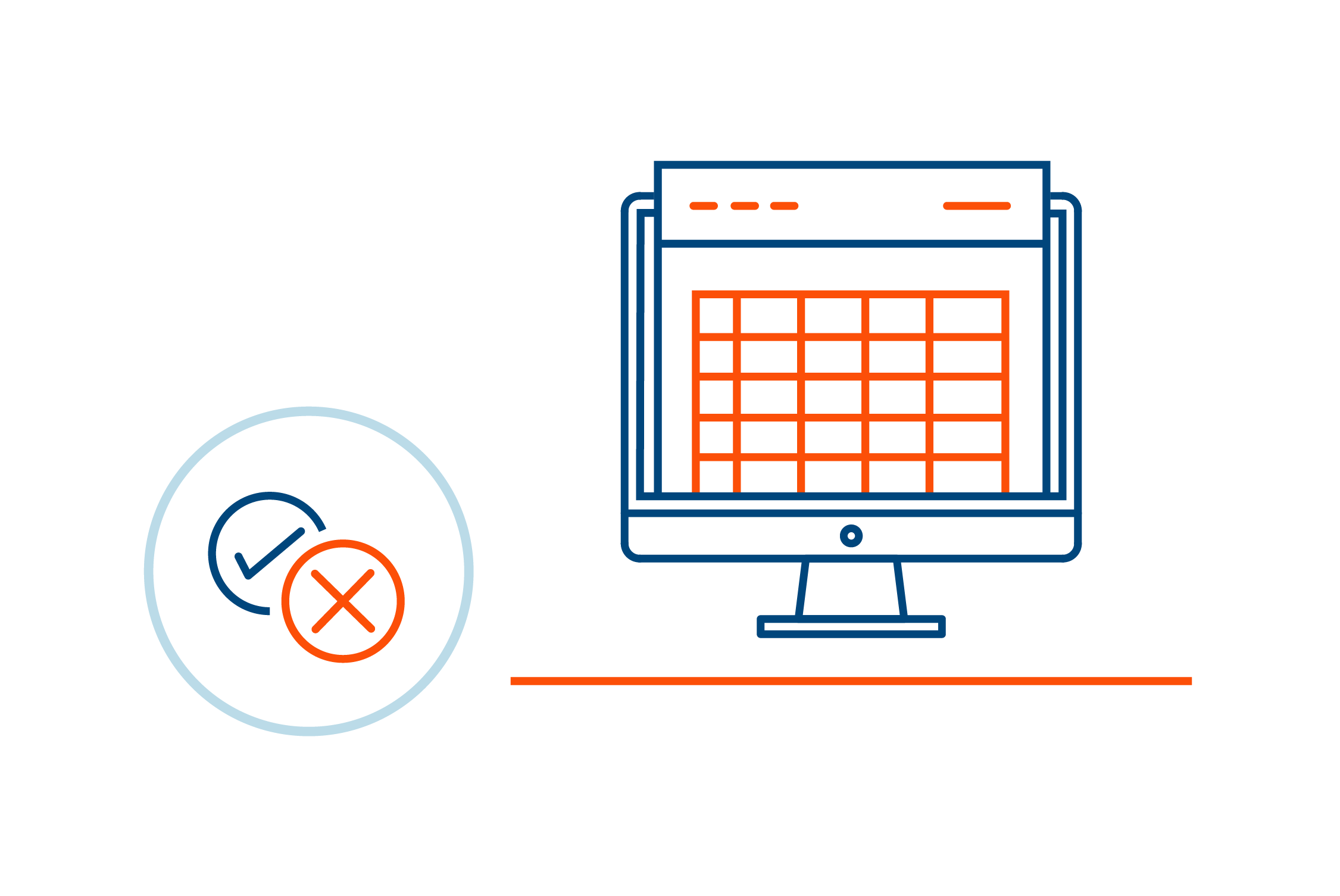
3. You rely on multiple, error-prone spreadsheets
If you're like most subcontractors, you'll use spreadsheets to estimate your jobs and again for cost control when the project goes live onsite.
The worrying fact is a colossal 88% of spreadsheets contain significant errors (a Forbes statistic, not ours!).
Spreadsheets might not be as great as you think. Here's why:
-
Complex and hidden formulae make it difficult to spot mistakes.
-
They don’t integrate well, so it's hard to share critical data in real-time.
-
Version control is tough, as spreadsheets often sit on servers and hard drives.
-
They’re often written by individuals with no quality control.
-
They can be overwritten or corrupted, putting valuable project data at risk.
-
Copying information from one spreadsheet to another often results in errors.
-
Estimators often re-use spreadsheets from comparable projects, only to miss subtle differences resulting in costly mistakes.
How to fix this
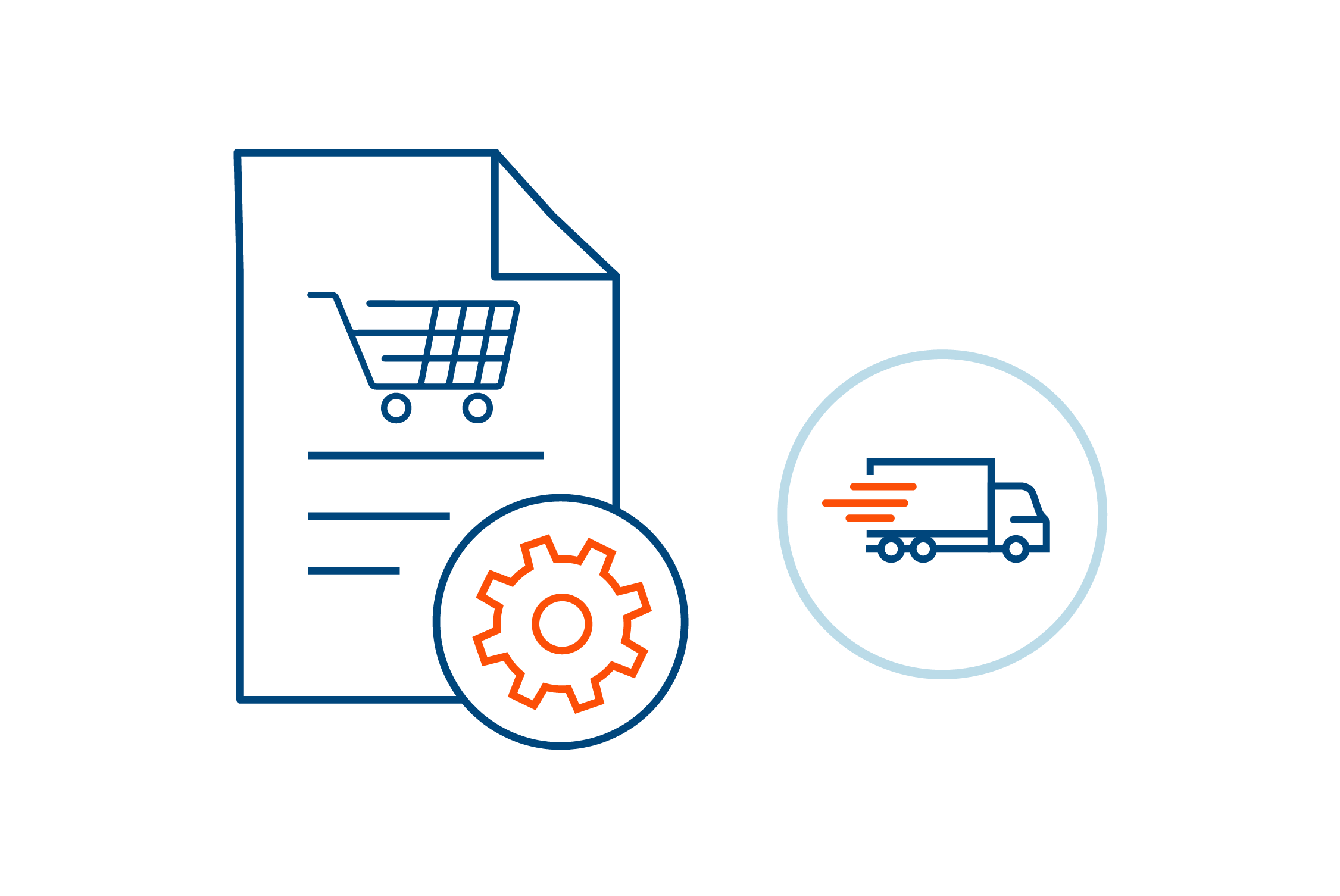
4. Manual procurement processes are slow
Very few specialist subcontractors use single procurement system to place supplier orders, log deliveries and reconcile invoices. And this hits all parts of the procurement process.
-
Orders are manual and antiquated e.g. carbon copy pads, spreadsheets and emails.
-
It's difficult to see what’s been ordered and for which zone.
-
Identifying if there are cheaper suppliers and seeing if you can lower costs is a challenge.
-
Orders are based on 'gut feel' because there is no live material bill to draw down from.
-
Over ordering is common as fail safe, just to ensure you don't run out of materials.
-
Reconciling invoices can be tedious as you can’t easily see what's been ordered/delivered.
-
It's inefficient, requiring fact-finding calls and emails between office and site.
-
Supplier invoices are often paid on trust because information is not readily available.
-
It's hard to check supplier/manufacturer rebates, so you might be losing money.
-
It can be painful to interrogate/analyse spend history to inform future buying decisions.
How to fix this
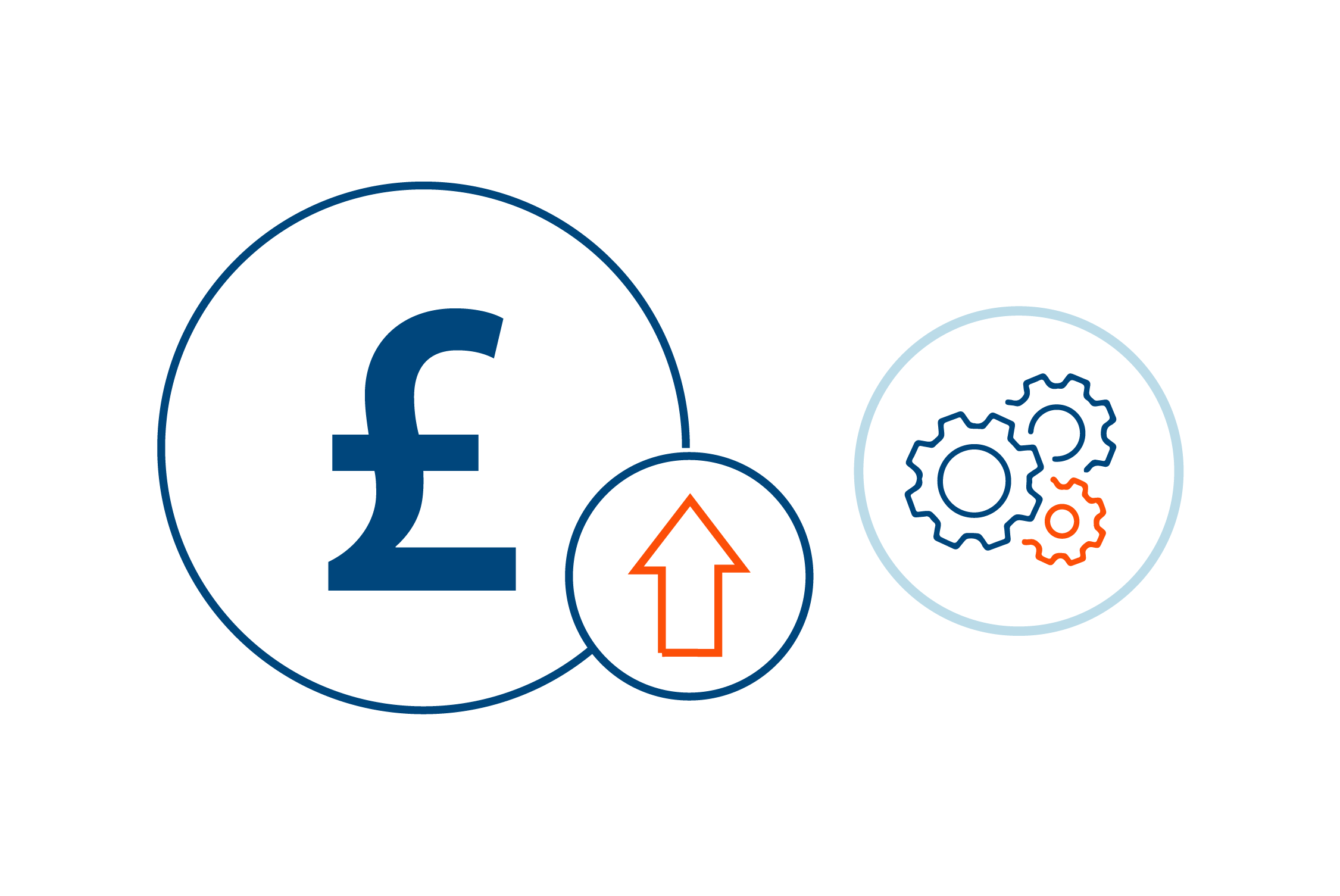
5. You can't see the impact of price increases on project commercials
Procurement is a seriously tough gig right now.
With ever fluctuating pricing and material shortages, project profitability is at risk, cost control is difficult and procurement has become increasingly admin heavy for subcontractors.
It's hard enough at the best of times to make your real-life actual cost mirror your original cost estimate.
But that's even harder right now.
You're hit with cost variances, as prices increase. And seeing newly projected costs, revenues and profits, as well as actual cost and accrued costs in real-time is more important than ever.
If you're unable to factor in price increases mid-way through a project and see the impact immediately, it's likely you're in the dark about your projects’ profitability until it’s too late.
And this will, of course, hit your bottom line and could potentially jeopardise the stability of your business.
Your fix: A construction-specific cost control system
If you recognise any of these signs in your own subcontracting business, it’s time to consider a construction-specific integrated cost management solution, like Chalkstring.
Our Chalkstring software has been developed for specialist subcontractors to control costs. It enables you to monitor cost performance, revenues and profits - from estimating through to final account. It:
-
Centralises project information, removing the need for data duplication and multiple systems.
-
Standardises documentation & processes so everyone works the same way, business-wide.
-
Provides integrated, real-time cost reports that you can interrogate and analyse.
-
Gives you total visibility and control of your commercials, in real-time.
-
Gives you the power to make informed decisions.
Business at risk? Do a quick health check
Answer just 8 killer questions and see if your systems & processes are putting your projects & business at risk. And receive a free risk report, with recommendations based on your answers.
This risk calculator is designed for specialist subcontractors in construction and will give you a risk score instantly.
-
Identify key areas of business exposure
-
Receive a risk report, with recommended solutions
-
Book a free consultation to discuss your business' risk factors
